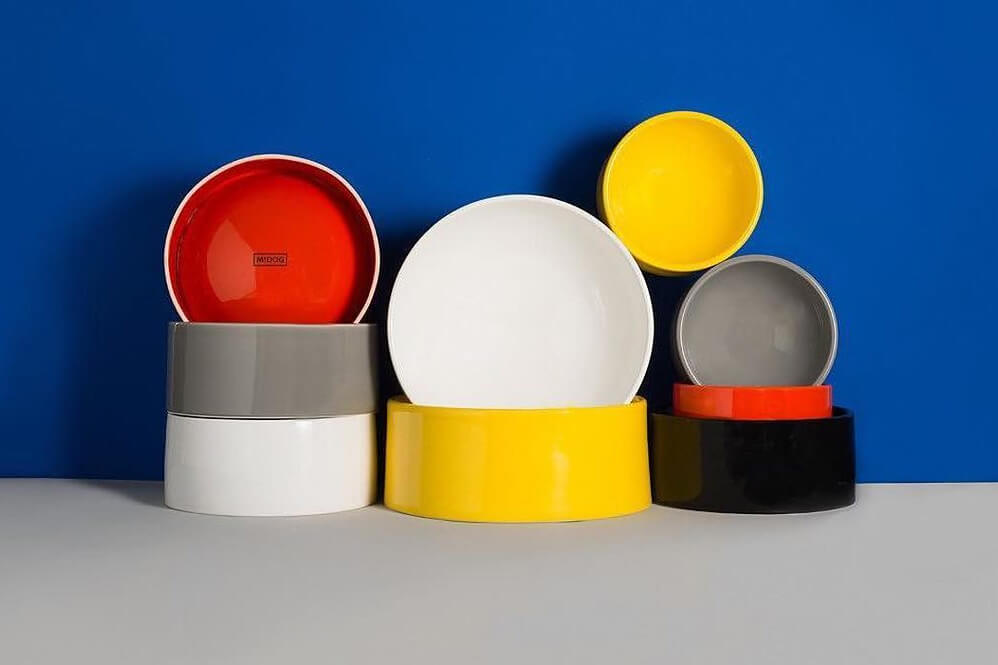The crystallinity of ceramic materials ranges from highly oriented to semi-crystalline, vitrified, and often completely amorphous. Most often, fired ceramics are either vitrified or semi-vitrified as is the case with earthenware, stoneware, and porcelain. Varying crystallinity and electron composition in the ionic and covalent bonds cause most ceramic materials to be good thermal and electrical insulators (extensively researched in ceramic engineering). With such a large range of possible options for the composition/structure of a ceramic, the breadth of the subject is vast, and identifiable attributes are difficult to specify for the group as a whole.
General properties such as high melting temperature, high hardness, poor conductivity, high moduli of elasticity, chemical resistance and low ductility are the norm, with known exceptions to each of these rules. Many composites, such as fiberglass and carbon fiber, while containing ceramic materials, are not considered to be part of the ceramic family.


